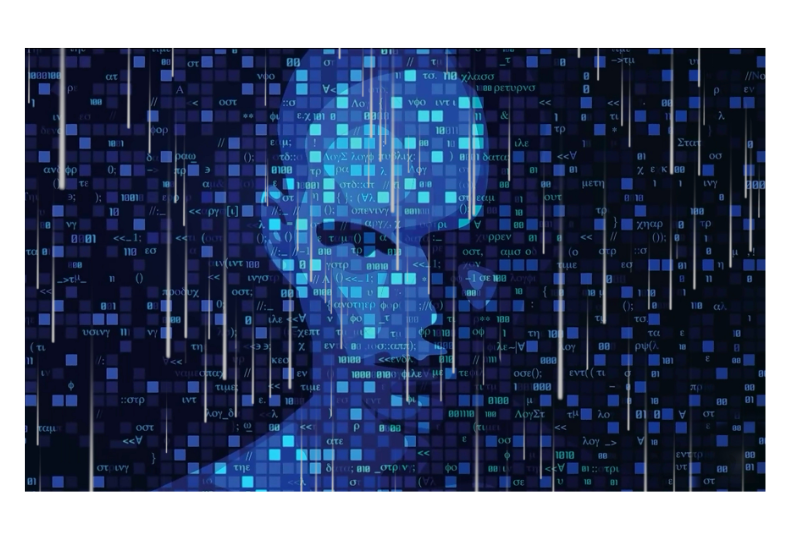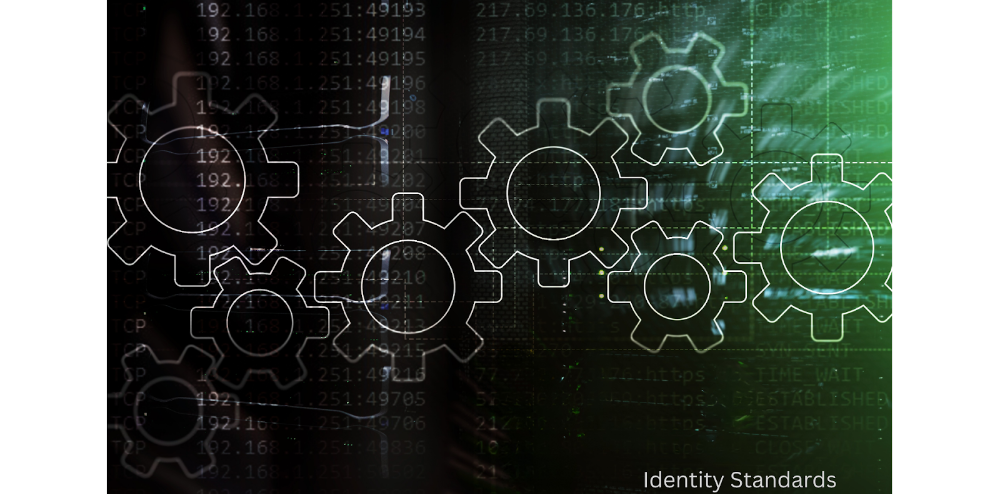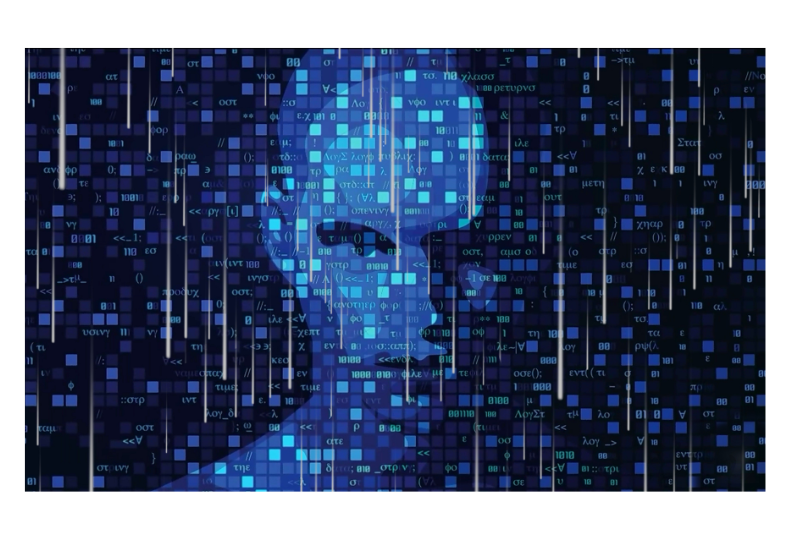Agentic AI in Cybersecurity: Part 1 - Transforming Identity Security by Closing the “Last Mile”
As SaaS adoption expands, organizations face an increasingly complex challenge in managing identities across applications, systems, and users. Identity security tools are the gatekeepers for secure access, yet many organizations struggle with critical gaps—what we at Cerby call the “last mile” problem. Disconnected applications, manual processes, and the sheer scale of digital identities exacerbate these gaps.
The Current State of Identity Security
Identity frameworks face systemic hurdles that traditional tools fail to effectively address, such as fragmented identity standards, manual processes, and the risks of shadow IT. These hurdles create inefficiencies and security vulnerabilities, making the need for innovation more pressing than ever.
Fragmentation of Identity Standards
According to research from the Ponemon Institute, 49% of organizations lack visibility into their disconnected applications, while the average organization juggles 96 disconnected apps. Most of these apps lack SSO or support for standard protocols like SCIM, which are integral to automated user management (joiners, movers, and leavers).
Manual Processes Dominate
The same research from Ponemon shows that a single employee's onboarding and offboarding processes take an average of 15 hours, leading to inefficiencies and security risks. The time is protracted because offboarding employees from disconnected apps is manual and laborious. IT teams need to find which systems the user has access to, hunt down the app owner, and then trust that they will remove or add the user. This is a long and expensive process.
Increased Risk from Shadow IT
Employees frequently adopt unsanctioned applications, leaving security teams blind to vulnerabilities and access misuse.
These challenges create an environment ripe for disruption. Enter Agentic AI, an innovation we are harnessing at Cerby that is poised to redefine identity security by enabling proactive and near-autonomous protection in the future.
What Is Agentic AI?
Agentic AI refers to systems capable of autonomous decision-making and execution. Unlike traditional AI, agentic AI in cybersecurity proactively interprets goals, adapts to context, and takes independent actions. Agents are typically focused on executing a specific action or task. For an in-depth view of AI Agents, see this excellent video from Maya Murad at IBM.
“You can define agentic AI with one word: proactiveness,” says Enver Cetin, an AI expert quoted in Mark Purdy’s HBR article. “These systems understand the vision or goal of the user and the context of the problem they are solving.”
Unlike generative AI, which focuses on content creation, agentic AI security is designed to make decisions and execute complex tasks without constant human input. Advanced machine learning, natural language processing, and automation technologies enable this ability to work autonomously (mostly, we aren’t quite there yet, but Sam Altman and OpenAI are working hard at it).
The Role of Agentic AI in Cybersecurity
Agentic AI shows great promise in addressing some of the most persistent challenges in identity security. And this is the chief reason we’ve embedded these capabilities into Cerby’s architecture.
Automation of Manual Processes
Automating user provisioning/deprovisioning and rotating passwords dramatically reduces time spent on repetitive tasks. This is crucial for organizations where manual security processes account for significant labor costs, estimated at $950 per employee.
Securing disconnected Applications
With 54% of disconnected apps lacking SSO support, agentic AI can be used to integrate these apps into existing identity and governance frameworks, eliminating gaps in security coverage. Not to mention eliminating the need for password managers. [Authors note: Think about it: would you need an enterprise password manager if every app was connected to your identity provider (IdP)? Nope. This is why we created Cerby. You might want to request a demo.]
Proactive Risk Management
Agentic AI security monitors identity configurations in real-time, flagging drift, such as deviations from access reviews, and autonomously correcting these drifts.
Benefits of Agentic AI in Cybersecurity
Agentic AI brings significant advantages to cybersecurity, going beyond automation. Its focused, task-specific nature enhances accuracy, collaboration, and alignment with modern security frameworks like zero trust.
Greater Informational Trustworthiness
Agentic AI systems are less prone to "hallucinations" or errors common in generative AI. This is due to their specific and narrow training on a particular task. They excel at analyzing and prioritizing reliable data sources, ensuring accurate decisions (see the HBR article above).
Enhanced Collaboration Between Humans and AI
By taking over granular tasks, agentic AI enables human workers to focus on strategic activities. As Mark Purdy notes, agentic AI enables "greater workforce specialization," creating virtual agents that perform specific tasks, such as information retrieval, workflow generation, and compliance monitoring.
Alignment with zero trust Principles
As organizations increasingly adopt zero trust architectures, agentic AI provides real-time, context-aware enforcement of security policies, minimizing privilege creep.
Real-World Applications of AI Agents in Security and Governance
Organizations implementing agentic AI security and governance are just at the cusp of experiencing tangible benefits:
- Dynamic Access Management: Agentic AI systems can automatically adjust access rights based on user behavior and risk levels, embodying zero trust principles.
- Detecting Insider Threats: Agentic AI continuously analyzes patterns to identify anomalous activities and mitigate risks before they escalate.
- Minimizing Costs of Cyber Incidents: Disconnected applications are a significant source of cybersecurity breaches, costing organizations millions annually. Agentic AI security reduces these incidents from disconnected applications by bringing them under the management of your existing identity and governance platforms.
Challenges and Future Considerations
While agentic AI offers significant potential, its adoption requires careful planning and evaluation. Organizations should consider transparency, governance, and safeguards to mitigate risks and align AI decisions with their values.
Explainability and Transparency
Organizations must prioritize governance frameworks that ensure AI decisions are interpretable and aligned with organizational values. As you would do with a human, models must be trained.
Scaffolding Decision Spaces
Decision scaffolding, which includes safeguards like human oversight and well-defined limits, will help organizations manage the risk of AI errors.
Wrapping it Up
Agentic AI represents a transformative leap in identity security, solving its “last mile” challenges and enabling organizations to secure identities across increasingly complex environments. By automating manual processes, integrating disconnected applications, and aligning with zero trust principles, agentic AI redefines what’s possible in cybersecurity.
Stay tuned for Part 2, where we’ll explore the technologies underpinning agentic AI and its transformative impact on cybersecurity operations.


